Planet X Incoming: Meteor fireballs are increasing exponentially
The Sodomites will be buried by the " fiery debris" the Planet X system is "kicking in'
Comparing 2014 to 2013, the frequency of fireballs increased by 120%.
Comparing 2015 to 2014, fireballs increased by 20%. That is a significant increase, and it should be generating a lot of attention. If it is, then it’s being done very quietly behind closed doors.
This statistics was made possible by data from NASA’s All-Sky Fireball Network, which observes, and daily reports, fireball activity over the US and from the American Meteor Society.
Overall increase in fireballs over the US in the last decade
The overall increase of fireballs over the last decade is exponentially insane.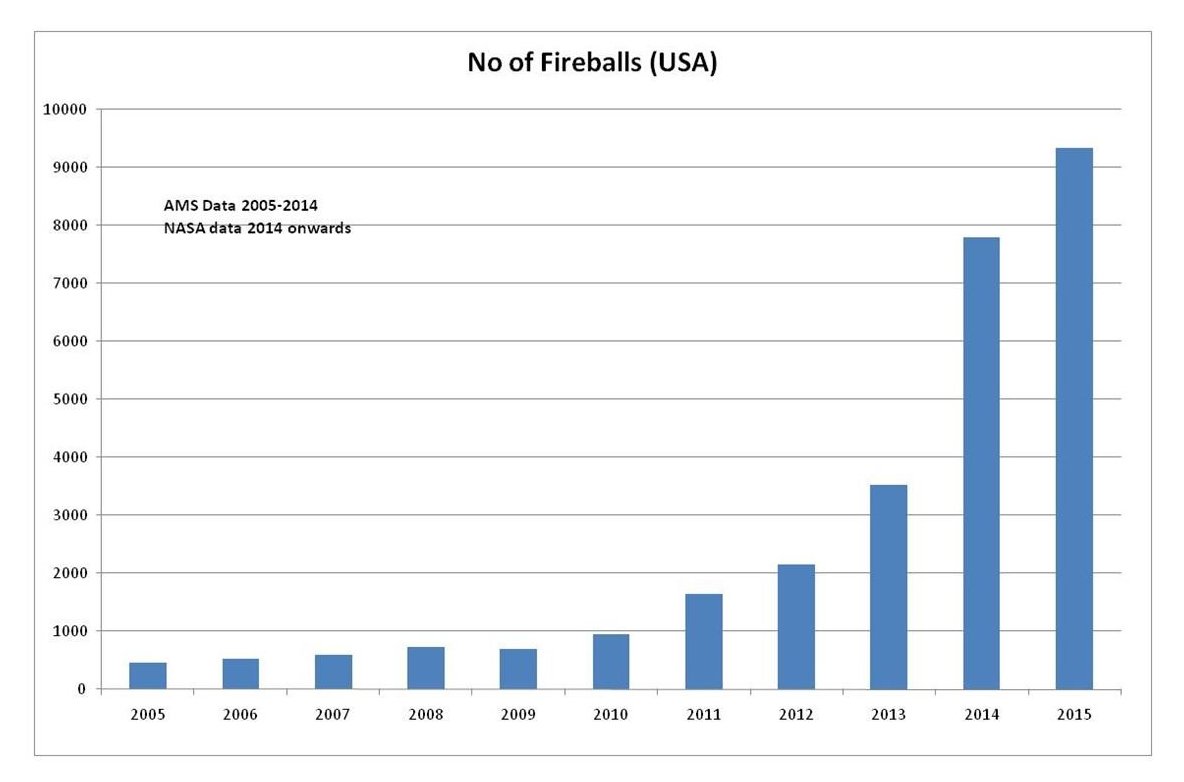
As shown in the next graph, from mid-2010, the average number of fireballs significantly increased, until late 2015 when the rolling average stabilised.
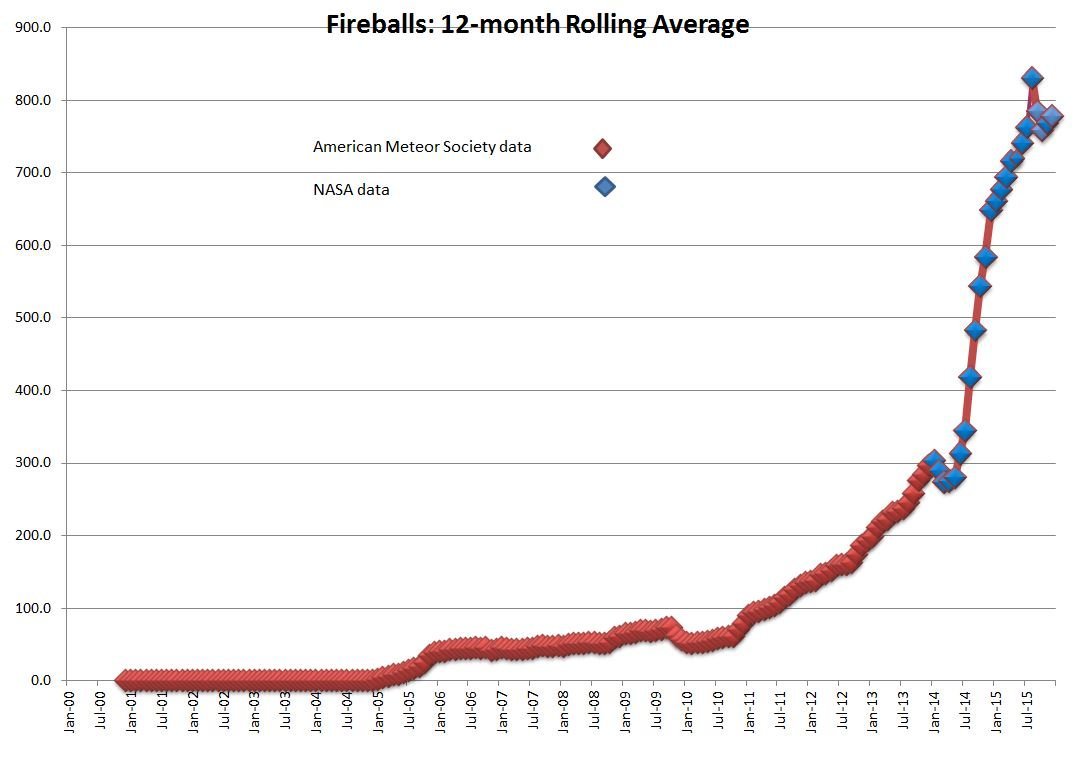
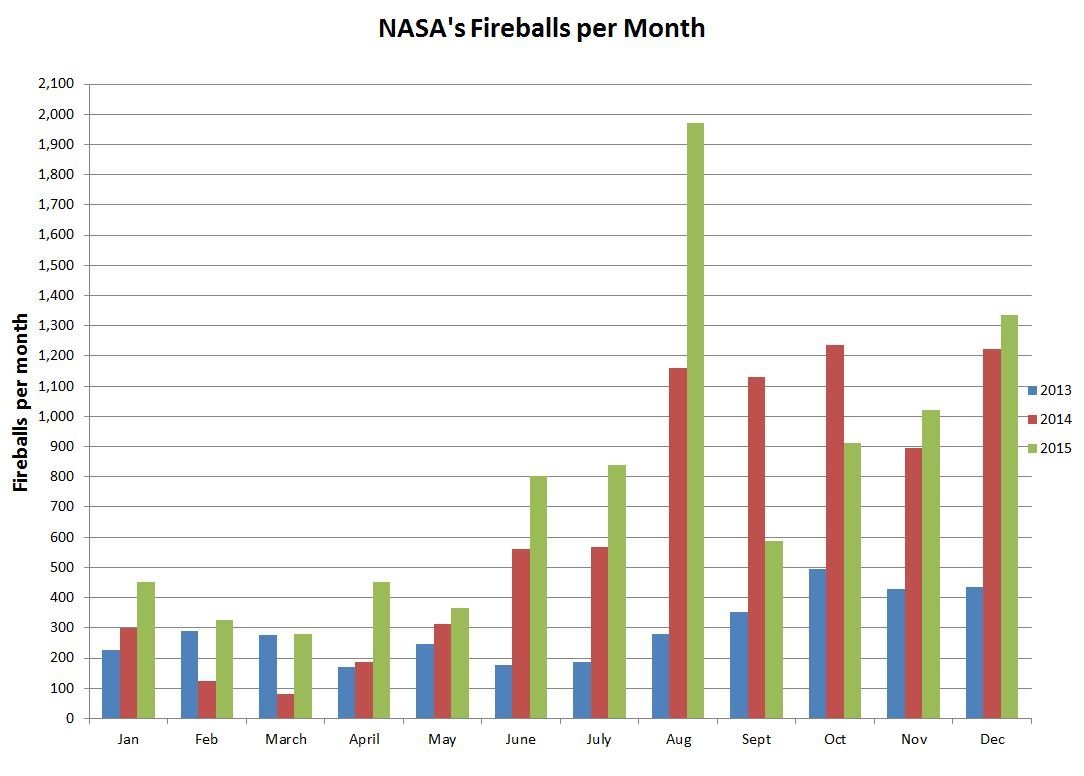
More intense meteor showers and more sporadics
The vast majority of fireballs are classed as ‘sporadics’, i.e. they are not identified with any known meteor shower. They may occur during the same time period as a named meteor shower, but travel in different directions and occur in different parts of the sky.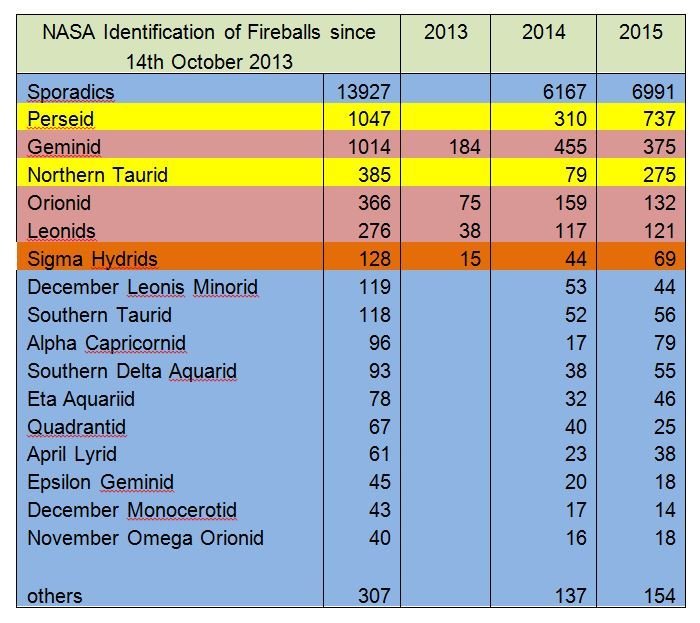
So what’s up in space?
Is the solar system is moving into an area of space where it is encountering a higher density of rocks/asteroids, along with the debris trails of some comets?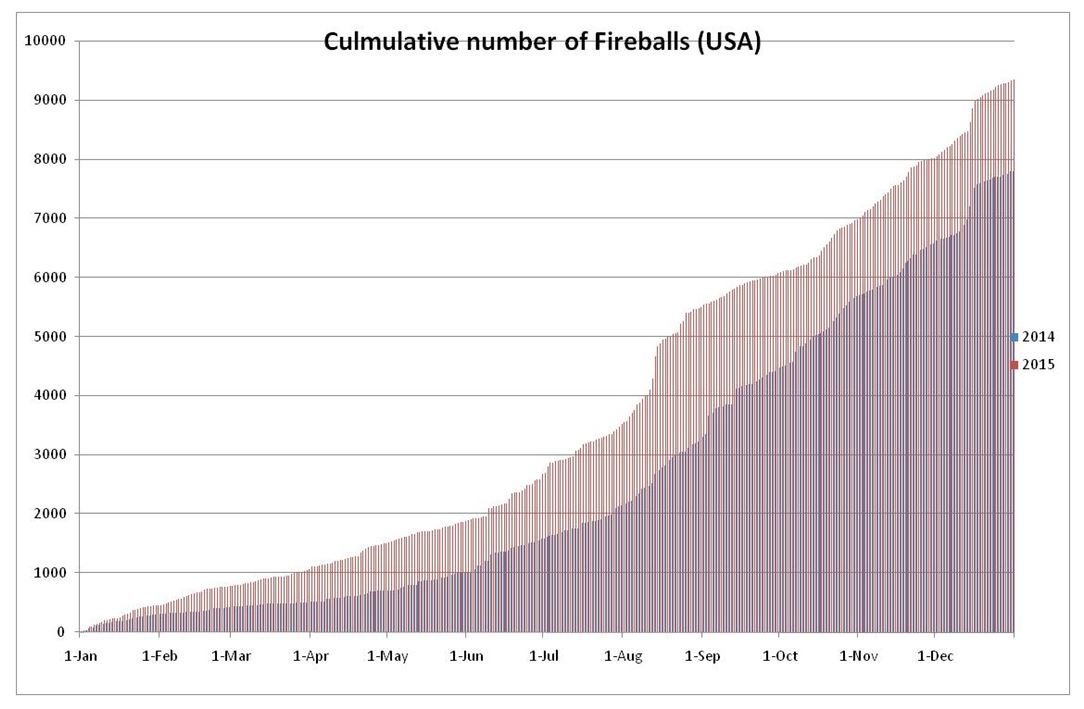
A compilation of both scenarios?
Do we live in dangerous times?
Nobody knows.The risks to civilization from impacts by asteroids and comets have been appreciated only in the past few decades by programmes such as NASA’s Spaceguard to map near-Earth objects (NEOs) as a way to quantify the risk to Earth.
In the meantime, let see what 2016 will bring to us. But so far, in early January, the pattern already appears to be a continued increase in fireballs:

